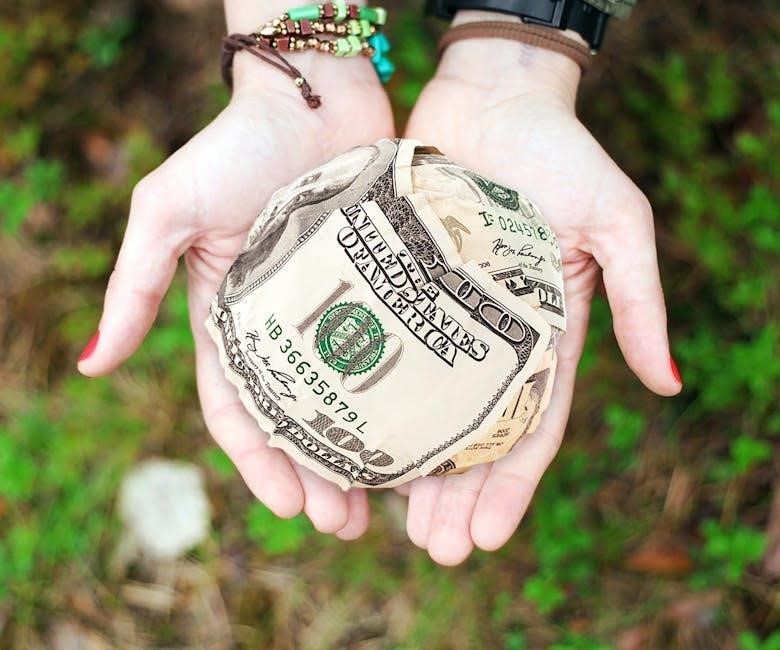
Wedgwood Value Guide: An In-Depth Exploration
Wedgwood, a treasure in English ceramics, boasts collectible patterns and styles reaching high values. This guide helps identify marks, styles, and determine the value of Wedgwood pieces. Factors like age, color, condition, and rarity influence price. Explore popular patterns and pricing for informed collecting.
Wedgwood, an iconic British tableware brand since 1759, holds a significant place in the world of fine china and collectibles. Its rich history and distinct designs make it a sought-after addition to any collection. The legacy of Wedgwood continues to thrive, with certain patterns and styles achieving record-high prices in the market. This enduring appeal makes understanding its value crucial for collectors.
For those venturing into the world of Wedgwood, knowing the factors that influence its collectibility is paramount. Age, color, pattern, and condition all play a vital role in determining the value of a piece. Rare items or complete sets often command higher prices, while common pieces may be more affordable. This guide aims to provide insights into these factors.
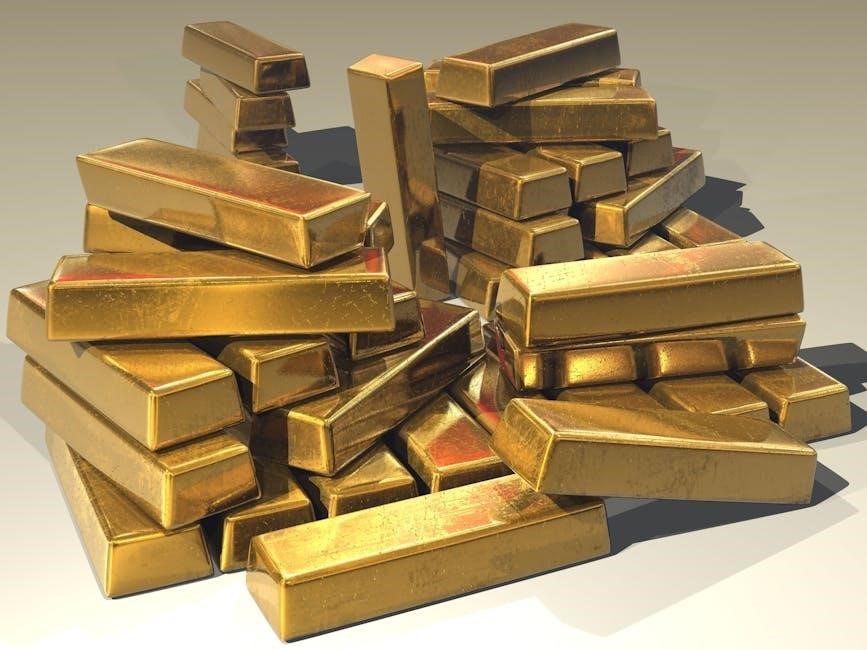
Wedgwood’s collectibility is further enhanced by its diverse range of styles and patterns. From the classic Jasperware to the elegant Fairyland Lustre, each type possesses its unique charm and appeal. Understanding these styles and their characteristics is essential for identifying valuable pieces and appreciating the artistry behind them. By exploring the world of Wedgwood, collectors can discover the timeless beauty and enduring value of this iconic brand.
Identifying Wedgwood Pottery: Marks and Styles
Identifying genuine Wedgwood pottery involves careful examination of its marks and styles. The Wedgwood mark, typically found on the bottom of the piece, often includes the brand name and may include other identifying information. Familiarizing yourself with the evolution of these marks over time is crucial for authentication. This guide provides insights into recognizing authentic Wedgwood markings.
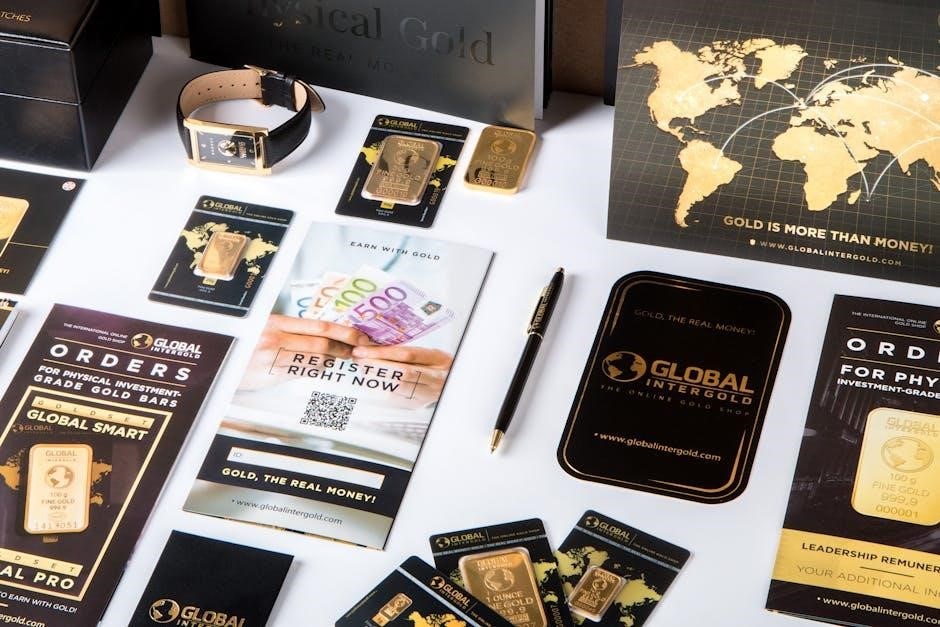
Beyond the marks, understanding the various styles of Wedgwood pottery is essential for identification. From the iconic Jasperware, known for its matte finish and neoclassical motifs, to the luxurious Fairyland Lustre with its vibrant colors and whimsical scenes, each style possesses distinctive characteristics. Recognizing these stylistic elements aids in differentiating between different Wedgwood pieces.
Different Wedgwood styles showcase varying aesthetic approaches and production techniques. Black Basalt, for example, exhibits a sleek, unglazed finish, while Queen’s Ware offers a refined cream-colored glaze. By studying these styles, collectors can develop a comprehensive understanding of Wedgwood’s artistic range and historical significance. Identifying both marks and styles allows for accurate authentication and appreciation of Wedgwood pottery.
Jasperware Authentication: Key Features and Markings
Authenticating Jasperware requires close attention to key features and markings. The presence of the Wedgwood mark is paramount, typically located on the base. Examine the mark’s style and clarity, comparing it to known authentic examples from different periods. Variations in the mark can indicate age or authenticity. Also, look for crispness in the applied reliefs; genuine pieces exhibit fine detail.
Jasperware’s unique matte finish is a defining characteristic. The color should be consistent and even, without discoloration or inconsistencies. Examine the piece under good lighting for any signs of repair or alteration. The application of the reliefs should be seamless and flush with the background.
Pay close attention to the sharpness of the neoclassical motifs. These designs are a hallmark of Jasperware and should be well-defined. Fakes often lack the precision and artistry of authentic pieces. Consulting with an expert appraiser can provide additional insights and confirmation. Understanding these features and markings is crucial for determining the authenticity and value of Jasperware.
Factors Influencing Wedgwood Value: Age, Color, and Condition
Several factors significantly impact the value of Wedgwood pieces, notably age, color, and condition. Older pieces, especially those from the 18th and 19th centuries, often command higher prices due to their rarity and historical significance. The earlier the production date, the more sought-after the item tends to be among collectors. The presence of specific maker’s marks can help pinpoint the age.
Color also plays a vital role in determining value. Rare or unusual colors, such as crimson or tri-color Jasperware, can increase a piece’s desirability. The intensity and evenness of the color are important considerations. Discoloration or fading can negatively affect the value; Blue Jasperware, a classic Wedgwood color, is consistently popular.
Condition is paramount. Pieces in excellent condition, free from chips, cracks, or repairs, are worth considerably more; Even minor imperfections can reduce value. Restoration, if professionally done, may mitigate some loss; However, original, untouched pieces are always preferred. A thorough inspection under good lighting is essential to assess condition accurately.
Popular Wedgwood Patterns and Their Current Market Value
Wedgwood boasts a rich history of diverse patterns, each with varying degrees of popularity and market value. Understanding these patterns is crucial for collectors. Some of the most sought-after patterns include those from the Fairyland Lustre series, known for their whimsical designs and vibrant colors. These pieces often command premium prices due to their rarity and artistic appeal. The market value can range significantly based on condition and specific design.

Jasperware, particularly in classic blue, remains a perennial favorite. Different Jasperware patterns, such as those featuring classical motifs or scenes, can vary in value. Black Basalt, with its elegant simplicity, is also highly collectible. Certain patterns within the Black Basalt range, especially those with intricate detailing, can fetch impressive prices at auction.
Other notable patterns include those found on Wedgwood plates and tableware sets. The value of these items depends on factors such as completeness of the set, the rarity of the pattern, and the overall condition. Researching recent auction results and consulting with Wedgwood appraisers can provide valuable insights into the current market value of specific patterns. Keeping abreast of market trends will aid in making informed decisions when buying or selling Wedgwood.
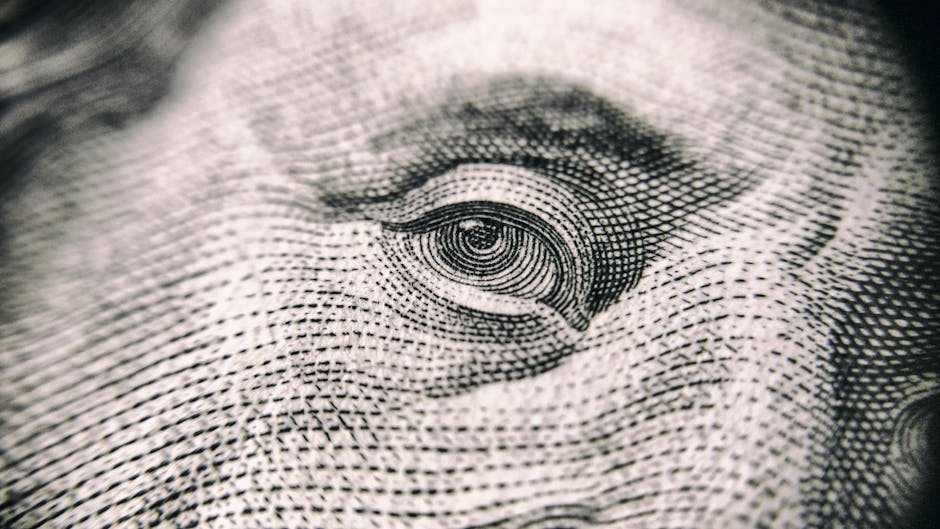
Wedgwood Plates: Price Guide and Auction Results
Wedgwood plates, prized for their artistry and historical significance, are a staple for collectors; Determining their value requires careful examination of various factors. Age plays a crucial role, with older plates generally commanding higher prices, especially if they bear early Wedgwood marks. The pattern is also a significant determinant, with rarer or more desirable patterns fetching more at auction. Condition is paramount; plates free from chips, cracks, or significant wear will be more valuable.
Color variations within a pattern can also influence price, with unusual or limited-edition colorways often being highly sought after. To accurately assess the value of Wedgwood plates, consulting a price guide is essential. These guides provide a range of values based on recent auction results and sales data. Researching auction results specifically for Wedgwood plates offers real-time insights into market trends and current demand.
Websites dedicated to antiques and collectibles often feature detailed auction records, providing a comprehensive overview of prices realized. Comparing similar plates sold at auction can help establish a fair market value. Engaging with Wedgwood collector communities and forums can also offer valuable perspectives and insights into pricing. Remember that prices can fluctuate, so staying informed is crucial for making sound investment decisions.
Wedgwood Comports & Centrepieces: Price Guide and Auction Results
Wedgwood comports and centrepieces represent the pinnacle of ceramic artistry, gracing dining tables with elegance and historical significance. Determining their value involves considering several key elements. The age of the piece is a primary factor, with older items, particularly those bearing early Wedgwood marks, often commanding higher prices. The rarity of the design also plays a significant role, with limited-edition or unique centrepieces being highly prized.
Condition is paramount; pieces free from damage, such as cracks, chips, or repairs, will naturally be worth more. The complexity of the design and the level of detail also contribute to the overall value. To ascertain the market value of Wedgwood comports and centrepieces, consulting a price guide is essential. These guides provide estimates based on past sales data and auction results, reflecting current market trends.
Examining recent auction results specifically for Wedgwood comports and centrepieces offers invaluable insights into pricing dynamics. Auction houses specializing in ceramics and antiques regularly feature these items, providing a wealth of information on realized prices. Websites dedicated to art and collectibles often maintain comprehensive databases of auction records, enabling collectors to track prices and identify potential investment opportunities. Engaging with Wedgwood collector communities can provide additional expertise and insights into valuing these exquisite pieces. Keep in mind that market fluctuations can occur, so continuous research is crucial for accurate valuation.
Fairyland Lustre Wedgwood: Identifying and Valuing
Fairyland Lustre Wedgwood stands as a testament to the innovative spirit of Daisy Makeig-Jones, its creator. Identifying these pieces requires a keen eye for their distinctive iridescent glazes and whimsical designs. The lustrous finish, achieved through multiple firings with precious metal oxides, gives Fairyland Lustre its otherworldly appeal. Common motifs include fairies, dragons, and other mythical creatures set against vibrant landscapes.
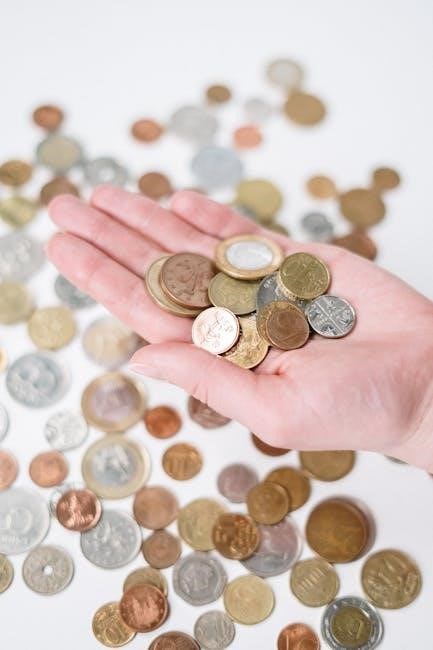
The presence of the Wedgwood mark is crucial for authentication, although variations exist depending on the production period. Collectors should also be aware of fakes and reproductions, which often lack the depth and detail of genuine pieces. Condition plays a significant role in determining value, with pieces in pristine condition commanding premium prices. Cracks, chips, and repairs can significantly diminish value, as can excessive wear to the lustrous surface.
Valuing Fairyland Lustre Wedgwood requires consulting specialized price guides and auction records. The rarity of the design, the complexity of the decoration, and the size of the piece all influence its market value. Certain patterns, such as “Imps on a Bridge” and “Ghostly Wood,” are particularly sought after by collectors. Consulting with experienced appraisers specializing in Wedgwood can provide a more accurate assessment, considering current market trends and the nuances of individual pieces. Remember that the Fairyland Lustre pieces are highly desirable and fetch significant prices within the collector community.
Black Basalt Wedgwood: Characteristics and Value
Black Basalt, a fine-grained, unglazed stoneware, represents a significant innovation by Josiah Wedgwood. Its matte black finish, achieved through a specific firing process, distinguishes it from other ceramics. Identifying Black Basalt involves recognizing its smooth texture, classical forms, and often, intricate molded decorations. Common shapes include vases, busts, plaques, and tableware, reflecting the neoclassical aesthetic of the late 18th and early 19th centuries.
The Wedgwood mark is essential for authentication, typically impressed into the clay. Variations exist depending on the production period. Examining the quality of the molding and the sharpness of the details is crucial, as genuine pieces exhibit exceptional craftsmanship. Condition significantly impacts value; chips, cracks, and repairs detract from the piece’s desirability. However, minor surface wear consistent with age may be acceptable to some collectors.
Determining the value of Black Basalt Wedgwood requires considering factors such as age, rarity, design, and condition. Pieces from the early production period, particularly those with elaborate decorations or unique forms, tend to command higher prices. Auction records and specialized price guides provide valuable insights into current market trends. Consulting with experienced appraisers specializing in Wedgwood can offer a more precise valuation, considering the nuances of individual pieces and their historical significance. Black Basalt remains a highly sought-after collectible, reflecting Wedgwood’s mastery of ceramic technology and design.
Blue Jasperware Wedgwood: Price Guide and Identification
Blue Jasperware is perhaps the most iconic of Wedgwood’s creations, instantly recognizable for its matte, unglazed stoneware adorned with classical white reliefs. This distinctive material was perfected by Josiah Wedgwood in the 1770s, and its enduring appeal has made it a favorite among collectors. Identifying genuine Blue Jasperware involves careful examination of several key features. The color itself should be a consistent, even blue, though variations in shade exist and can affect value. The white reliefs, typically depicting scenes from mythology or classical motifs, should be sharply defined and meticulously applied.
The Wedgwood mark, usually impressed on the base, is crucial for authentication. Different marks were used throughout the company’s history, so understanding these variations can help determine the age of a piece. Condition is paramount when assessing value; pieces free from chips, cracks, or repairs command higher prices. However, minor surface wear may be acceptable, particularly in older examples. Rarity also plays a significant role. Pieces with unusual shapes, colors, or relief designs are generally more valuable.
Determining the current market value of Blue Jasperware requires research and comparison. Auction results, online marketplaces, and specialized price guides can provide a general idea of pricing. However, it’s essential to consider the specific characteristics of each piece, as well as current market trends. Consulting with a qualified appraiser specializing in Wedgwood is recommended for a more accurate valuation, especially for rare or particularly fine examples. Blue Jasperware remains a highly desirable collectible, and understanding its nuances is essential for both seasoned collectors and newcomers to the world of Wedgwood.
Finding Expert Appraisers for Wedgwood Pieces
Determining the true value of Wedgwood, particularly antique or rare pieces, often necessitates the expertise of a qualified appraiser. A professional appraiser possesses the knowledge and experience to accurately assess factors such as age, condition, rarity, and provenance, all of which significantly influence value. Finding the right appraiser, however, requires careful consideration.
Begin by seeking appraisers who specialize in ceramics, specifically English pottery, and ideally, Wedgwood itself. Organizations like the Appraisers Association of America (AAA) or the International Society of Appraisers (ISA) offer directories of accredited members. These directories allow you to search for appraisers based on their area of expertise and geographic location. Check the appraiser’s credentials, including their education, experience, and any relevant certifications. Look for appraisers who are familiar with Wedgwood marks, patterns, and historical production techniques.
Request references from previous clients and inquire about their appraisal methodology. A reputable appraiser will thoroughly examine the piece, considering its unique characteristics and comparing it to similar items sold at auction or in private sales. They should provide a detailed written appraisal report that outlines their findings and the rationale behind their valuation. Be wary of appraisers who offer to buy the piece themselves, as this may create a conflict of interest. The cost of an appraisal can vary depending on the complexity of the piece and the appraiser’s fees. Obtain quotes from several appraisers before making a decision. Ultimately, selecting an appraiser with specialized knowledge and a proven track record is crucial for obtaining an accurate and reliable valuation of your Wedgwood treasures.

Preserving and Maintaining Wedgwood China
Wedgwood china, celebrated for its beauty and craftsmanship, requires proper care to ensure its longevity and preserve its value. Whether you possess a single cherished piece or a complete set, adhering to best practices for handling, cleaning, and storage is crucial. Improper care can lead to damage, diminishing both the aesthetic appeal and the monetary worth of your Wedgwood.
When handling Wedgwood, always use clean, dry hands. Avoid wearing rings or bracelets that could scratch the delicate surface. Lift pieces carefully, supporting them from the base rather than the rim or handle. For cleaning, handwashing is generally recommended over dishwashers, which can be too harsh. Use lukewarm water and a mild, non-abrasive detergent. Avoid using scouring pads or harsh chemicals that could damage the glaze or decoration. Gently wash each piece separately, rinsing thoroughly with clean water. Dry immediately with a soft, lint-free cloth.
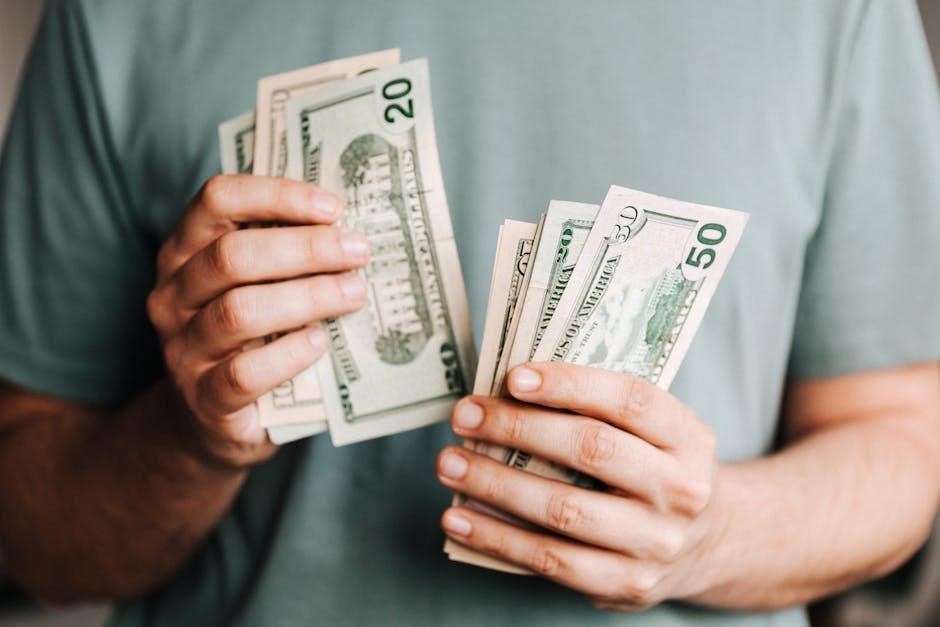
For storage, wrap each piece individually in acid-free tissue paper or padded pouches to prevent scratching or chipping. Store Wedgwood in a dry, cool, and dark place, away from direct sunlight or extreme temperatures. Avoid stacking pieces directly on top of each other, as this can cause pressure and potential damage. If stacking is necessary, place a protective layer of felt or foam between each piece. Regularly inspect your Wedgwood for any signs of damage, such as cracks, chips, or crazing. Address any issues promptly to prevent further deterioration. With careful handling, gentle cleaning, and proper storage, you can ensure that your Wedgwood china remains a treasured heirloom for generations to come.
Resources for Wedgwood Collectors and Enthusiasts

For Wedgwood collectors and enthusiasts, a wealth of resources exists to deepen their knowledge, expand their collections, and connect with fellow aficionados. Whether you are a seasoned collector or just beginning your Wedgwood journey, these resources offer invaluable information and opportunities for engagement.
Numerous books and publications provide comprehensive overviews of Wedgwood history, patterns, and markings. These resources can aid in identifying and valuing your pieces, as well as understanding the evolution of Wedgwood design. Online forums and collector clubs offer platforms for sharing information, asking questions, and connecting with other Wedgwood enthusiasts. These communities can provide valuable insights, advice, and opportunities to buy, sell, or trade Wedgwood pieces.
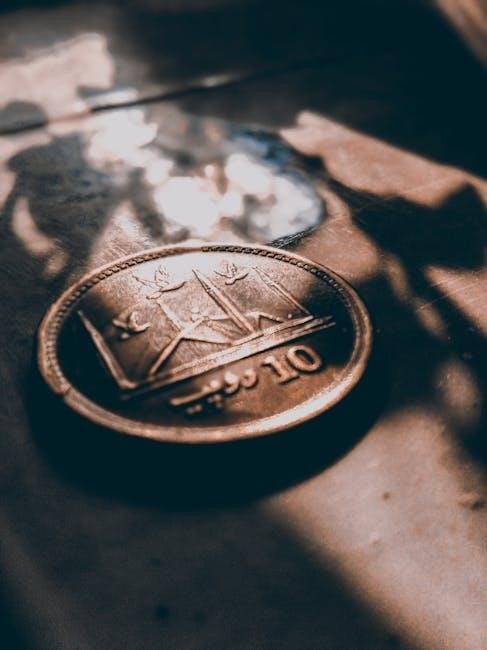
Museums and galleries often feature Wedgwood exhibits, showcasing the artistry and innovation of this iconic brand. Visiting these exhibits can provide a deeper appreciation for Wedgwood’s legacy and its place in the history of ceramics. Auction houses and antique dealers are also valuable resources for collectors seeking to acquire rare or unique Wedgwood pieces. Be sure to research reputable dealers and auction houses to ensure the authenticity and value of your purchases. Finally, consider attending Wedgwood-related events, such as conferences, workshops, and shows. These events offer opportunities to learn from experts, network with other collectors, and discover new additions for your collection. By utilizing these resources, Wedgwood collectors and enthusiasts can enhance their knowledge, expand their collections, and cultivate a lifelong passion for this remarkable brand.